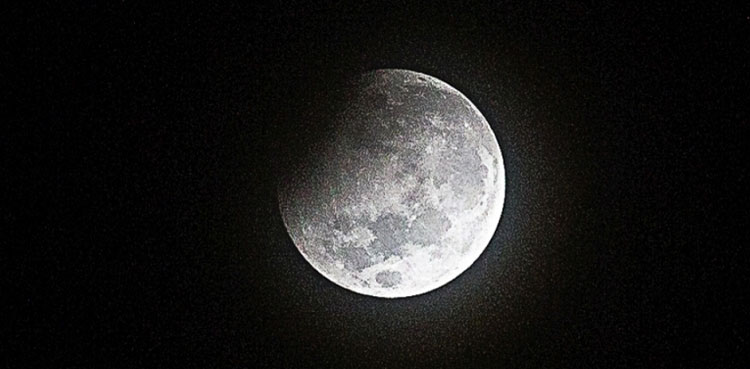
Chinese scientists have found water molecules in lunar soil for the first time, a discovery that could be fundamental for understanding how the moon evolved and how to exploit its resources.
Chinese scientists studying moon have discovered water molecules in lunar soil for the first time, a discovery that can offer new clues to how the moon evolved and how to exploit its resources.
Based on lunar soil samples returned by China’s Chang’e-5 mission in 2020, Chinese scientists have found a hydrated mineral “enriched” with molecular water, English daily South China Morning Post reported citing the Chinese Academy of Sciences (CAS).
The latest discovery is in contrast to a previous conclusion based on samples brought back by American Apollo astronauts decades ago, that revealed no sign of water and led scientists to conclude that lunar soil must be completely dry, according to Nasa.
The research – carried out jointly by researchers from the Beijing National Laboratory for Condensed Matter Physics and the Institute of Physics of CAS and other domestic research institutions – was published in the peer-reviewed journal Nature Astronomy on July 16.
The team, using a sample provided by the China National Space Administration, isolated more than 1,000 mineral “clasts” and among them was a platelike transparent crystal, dubbed “unknown lunar mineral” (ULM-1), that contained water molecules.
The researchers ruled out the possibility that the water-bearing mineral was contaminated by terrestrial sources or rocket exhaust.
“If this water-bearing mineral is present in the lunar samples, more than one piece should be found,” said the scientist who asked not to be named and was not associated with the study.
Lunar scientists have long been in search for water on the moon.
China has poured huge resources into its space programme over the past decade, targeting ambitious undertakings in an effort to catch up to traditional space powers the United States and Russia.
It has built a space station and become the third country to send astronauts into orbit.
China also aims to send a crewed mission to the Moon by 2030 and plans to build a base on the lunar surface.
from Science and Technology News - Latest science and technology news https://ift.tt/GCpfhPB



